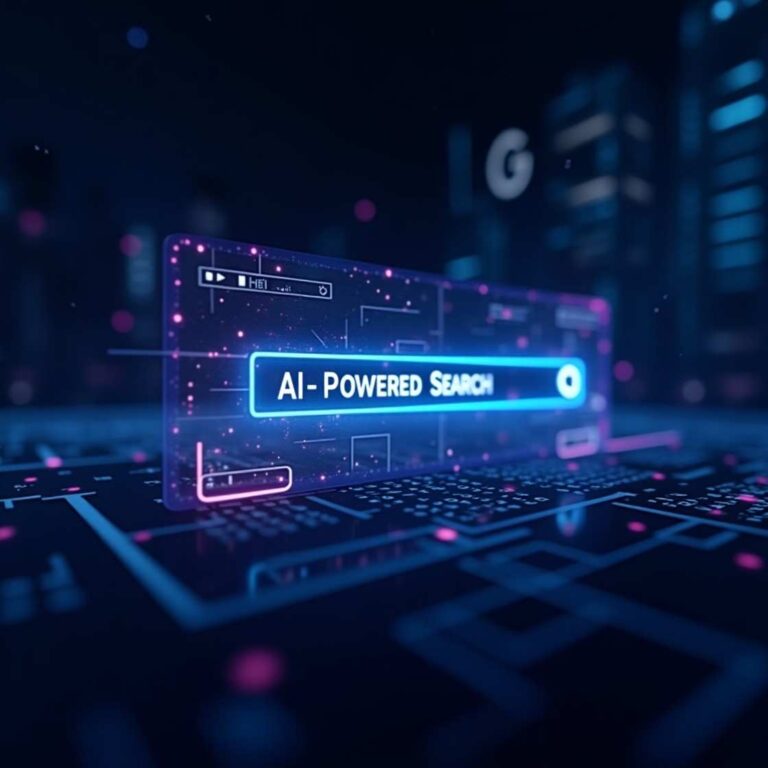Table of Contents
Introduction
AI can improve reading and writing skills for kids by providing personalized learning experiences, interactive exercises, and instant feedback. In this article, we’ll explore how AI-powered tools support literacy development, making learning more engaging and effective.
1. Personalized Learning with AI
AI analyzes each child’s learning style and adapts lessons accordingly. By assessing strengths and weaknesses, AI-powered platforms like Duolingo and Knewton create customized learning paths.
Benefits:
- Ensures every child learns at their own pace.
- Identifies struggling areas and offers targeted exercises.
Drawbacks:
- May limit creativity if overly reliant on AI-generated suggestions.
- Requires continuous updates to maintain content relevance.
2. AI Reading Assistants
AI tools like Google Read Along and Speechify help children improve pronunciation and comprehension by reading aloud and receiving instant feedback. These tools support struggling readers by enhancing their fluency.
Benefits:
- Encourages independent reading and builds confidence.
- Enhances comprehension with real-time corrections.
Drawbacks:
- Lacks emotional engagement compared to human tutors.
- Requires internet access, limiting accessibility for some children.
3. AI Writing Assistants
AI-powered tools like Grammarly and Quillbot help kids improve grammar, punctuation, and sentence structure. These tools provide contextual suggestions, ensuring clarity and coherence in writing.
Benefits:
- Improves spelling, grammar, and sentence formation.
- Helps children build a strong vocabulary through suggestions.
Drawbacks:
- Might create dependency on AI for corrections instead of self-learning.
- AI feedback may not always align with creative writing nuances.
4. Speech-to-Text for Early Writers
Voice recognition helps children convert speech into text, assisting those who struggle with handwriting or typing.
Benefits:
- Supports kids with dyslexia and motor skill difficulties.
- Encourages storytelling and verbal expression.
Drawbacks:
- May struggle with recognizing children’s unclear speech.
- Requires proper pronunciation for accurate transcription.
5. Interactive AI Storytelling
AI-powered storytelling apps create personalized narratives based on user input. Platforms like Storybird generate creative stories that engage young readers.
Benefits:
- Encourages imagination and storytelling skills.
- Makes reading fun and engaging through custom stories.
Drawbacks:
- AI-generated stories may lack depth compared to traditional literature.
- Limited cultural and moral learning through AI-created content.
6. AI-Powered Language Translation
AI-driven translation tools like Google Translate help bilingual children learn new languages effortlessly by providing instant translations and contextual explanations.
Benefits:
- Aids in multilingual literacy development.
- Enhances understanding of complex vocabulary and grammar.
Drawbacks:
- Automated translations may lack cultural and contextual accuracy.
- Over-reliance may hinder true language learning and retention.
7. Gamification with AI
AI-powered educational games like ABCmouse use interactive activities to teach reading and writing skills through fun challenges and rewards.
Benefits:
- Increases engagement through incentives and leaderboards.
- Reinforces learning through interactive exercises.
Drawbacks:
- Excessive screen time may negatively impact focus and learning.
- Some AI games lack adaptability to individual learning needs.
8. AI Handwriting Recognition
Apps like Google Lens and Nebo analyze and correct handwriting in real time, helping children refine their penmanship.
Benefits:
- Improves handwriting skills and letter formation.
- Converts handwritten notes into digital text for easy storage.
Drawbacks:
- May discourage traditional writing practice.
- Limited accuracy with highly stylized handwriting.
9. Real-Time AI Feedback
AI writing assistants provide real-time grammar, syntax, and plagiarism detection. Platforms like Turnitin assess originality and suggest improvements.
Benefits:
- Encourages original content creation and error-free writing.
- Provides instant feedback, helping students learn from mistakes.
Drawbacks:
- May not always recognize creative writing nuances.
- Can’t replace a teacher’s detailed, personalized feedback.
10. AI for Special Education
AI tools assist children with learning disabilities by offering speech-to-text, text-to-speech, and customized learning modules.
Benefits:
- Provides tailored support for kids with dyslexia, ADHD, and other learning challenges.
- Increases accessibility through voice commands and assistive reading tools.
Drawbacks:
- Can’t replace human emotional support and guidance.
- Requires high-quality data to create effective personalized learning models.
Conclusion
AI can improve reading and writing skills for kids by offering adaptive learning, real-time feedback, and interactive experiences. By integrating AI tools, parents and educators can create a more engaging and effective literacy environment. However, it’s essential to balance AI assistance with human guidance to ensure holistic development.
Disclaimer
This article is for informational purposes only. AI tools should be used as supplements to traditional teaching methods.








